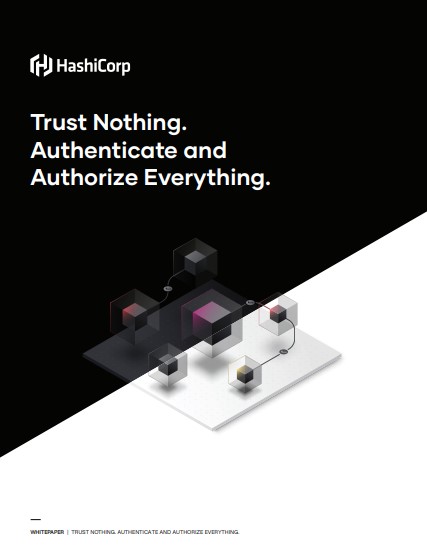
The transition from traditional on-premises datacenters and environments to dynamic, cloud infrastructure is complex and introduces new challenges for enterprise security. There are more systems to manage, more endpoints to monitor, more networks to connect, and more people that need access. The potential for a breach increases significantly, and it is only a matter of time without the right security posture.
Securing traditional datacenters required managing and securing an IPbased perimeter with networks and firewalls, HSMs, SIEM, and other physical access restrictions. But those same solutions are no longer sufficient as companies move to cloud.
Securing infrastructure in the cloud requires a different approach.
As companies move to the cloud, the measures they took to secure their private datacenters start to disappear. IP-based perimeters and access are replaced by ephemeral IP addresses and a constantly changing workforce with the need to access shared resources. Managing access and IPs at scale becomes brittle and complex. Securing infrastructure, data, and access becomes increasingly difficult across clouds and on-premises datacenters, requiring lots of overhead and expertise. This shift requires a different approach to security, a different trust model. One that trusts nothing and authenticates and authorizes everything.